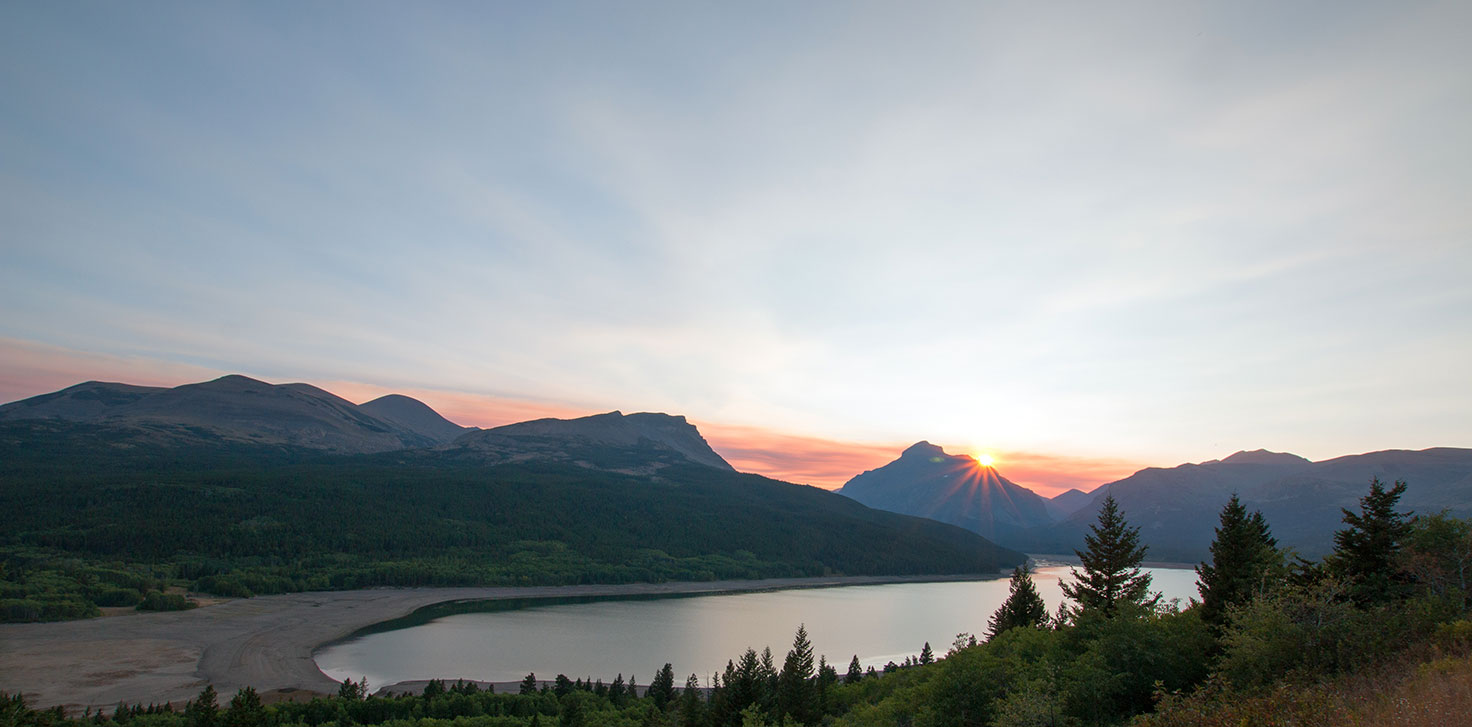It’s a warm, dry summer in Northwest Montana, and the parched terrain is riddled with tinder just waiting for a spark. As beautiful as our region is, it is equally susceptible to wildfires. While the occurrence of these wildfires is an integral part of the ecosystem, their frequency and intensity have been on the rise due to factors such as climate change and human activity. Consequently, protecting your home from this looming menace through fire mitigation becomes not just prudent, but a necessity.
Understanding Wildfires in Northwest Montana
Before we delve into fire mitigation techniques, it’s important to understand why Northwest Montana is particularly prone to wildfires. This area’s climate is typified by long, cold winters and short, hot summers. During these hot, dry summer months, the lush vegetation that flourishes in the spring can quickly become kindling for wildfires.
Rising global temperatures have also led to earlier snowmelts, lengthening the wildfire season. This, combined with human activities such as camping, farming, and construction, increases the risk of fires starting.
The Role of Fire Mitigation
Fire mitigation involves implementing measures aimed at minimizing the risks and impacts of wildfires. These measures can range from simple practices around your home to collaborating with local fire departments and forestry services to manage the broader landscape.
Fire mitigation can significantly reduce the potential for fire damage and allows firefighters to safely protect your property.
Practical Fire Mitigation Measures
Here are a few practical steps you can take to protect your home through fire mitigation:
1. Creating a Defensible Space: The area around your home, termed the ‘defensible space’, is the first line of defense against wildfires. This space is typically divided into two zones:
- Zone 1 (0-30 feet from the house): This zone should be kept free of all flammable vegetation and materials. Regularly clean roofs and gutters of dead leaves and branches, keep lawns hydrated and mowed, and store firewood and other combustibles well away from the house.
- Zone 2 (30-100 feet from the house): In this zone, reduce the density of trees and brush to decrease the chance of fire spreading. Use ‘fire-resistant’ plants in your landscaping, prune tree branches to a height of 10 feet from the ground, and maintain a spacing of at least 10 feet between tree crowns.
2. Employing Fire-Resistant Building Materials: If you’re building a new home or upgrading an existing one, consider using fire-resistant materials. Fire-resistant roofs, siding, and decks can prevent embers from igniting your home. Double-paned or tempered glass windows can also withstand higher heat.
3. Emergency Preparedness: Prepare and maintain an emergency plan and evacuation kit. The plan should include evacuation routes, meeting points, and important contact numbers. The kit should contain vital documents, essential medications, water, non-perishable food, and pet supplies.
4. Community Efforts: Join or initiate community efforts towards broader fire mitigation practices. This could involve participating in local Firewise programs, community cleanup days, or lobbying for stricter fire safety regulations.
While we can’t completely eliminate the risk of wildfires, diligent fire mitigation practices can go a long way in protecting our homes and communities. Remember, the best time to act is now!
With a community spirit and a proactive mindset, we can coexist with the natural cycle of wildfires while minimizing their destructive potential. Fire is a formidable force, but together, we can be a stronger one.
—————————————————-
FIRE RESOURCES
Flathead National Forest wildfire alerts

 Facebook
Facebook
 X
X
 Pinterest
Pinterest
 Copy Link
Copy Link

